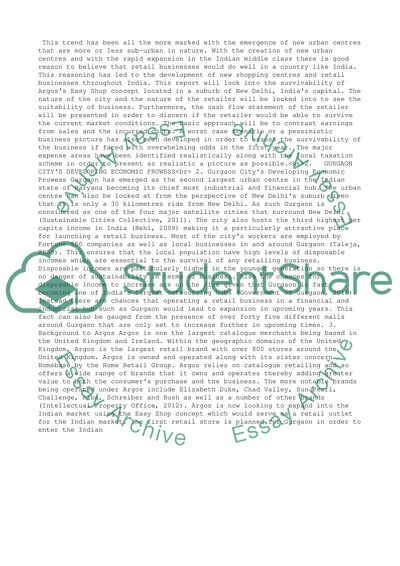Cite this document
(“Easy Shop Essay Example | Topics and Well Written Essays - 2250 words”, n.d.)
Retrieved from https://studentshare.org/business/1398437-easy-shop-argos-india-gurgaon-city
Retrieved from https://studentshare.org/business/1398437-easy-shop-argos-india-gurgaon-city
(Easy Shop Essay Example | Topics and Well Written Essays - 2250 Words)
https://studentshare.org/business/1398437-easy-shop-argos-india-gurgaon-city.
https://studentshare.org/business/1398437-easy-shop-argos-india-gurgaon-city.
“Easy Shop Essay Example | Topics and Well Written Essays - 2250 Words”, n.d. https://studentshare.org/business/1398437-easy-shop-argos-india-gurgaon-city.


